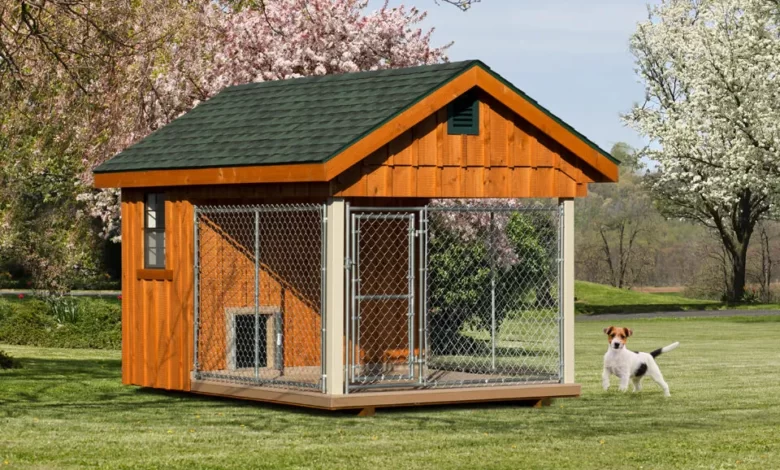7 Dog Training Tips for Beginners

Dog training can help dogs develop social skills and appropriate behaviors around strangers, other dogs, and new environments. Proper training can also help strengthen the bond between a dog and its owner by facilitating clear communication and mutual understanding. Here are seven tips for training your dog if you’re a beginner:
1. Use Positive Reinforcement
Positive reinforcement is one of the most effective dog training techniques. The main objective of positive reinforcement is rewarding your dog for desired actions and behaviors. With time, your dog begins to associate good behavior with rewards, motivating them to continue behaving well. While some dogs enjoy treats and verbal praise, others may prefer toys or physical affection. Try using a variety of rewards to determine what motivates your dog the most.
2. Say a Cue Word Once
While repeating a cue word multiple times during training may be tempting, it’s best only to say it once. This allows your dog to learn the association between the cue word and the desired behavior more effectively. It also teaches your dog to focus on a single cue and respond promptly when they hear it. Repetitive cues can create confusion and delay the learning process.
3. Use Your Hands
Dogs can be incredibly responsive to physical cues such as physical touch and hand signals. Using your hand motions consistently and clearly can help your dog learn and understand commands more effectively. This also teaches your dog to pay attention to your body language and gestures, enhancing communication.
4. Keep Lessons Short
Dogs have a short attention span and can quickly become bored or frustrated with extended sessions. Consider breaking your training into shorter sessions to help your dog maintain focus and retain information better. Try scheduling several short training sessions at regular times throughout the day to help you and your dog maintain a training routine.
5. Be Consistent
Regular training sessions can establish trust and respect with your dog. Establish clear rules and expectations and stick to them to enhance consistency. Use the same commands and cues every time, and reward good behavior consistently. This can lead to a stronger bond with your dog and a more obedient companion. Consistency also helps your dog fully understand what you want from them, allowing them to learn and develop good behaviors more quickly.
6. Make Lessons Fun
Making lessons fun helps to keep your dog engaged and motivated to learn. Fun training sessions can also help reduce stress and anxiety for you and your dog, creating a more positive training experience. Try incorporating activities like fetch or hide and seek between lessons to improve your dog’s retention of commands and desired behaviors.
7. Limit Distractions
Dogs can be easily distracted, and distractions or interruptions can hinder their focus and learning ability. Minimize distractions to create an environment that fosters focus and deepens your dog’s understanding of commands. Distractions to avoid during training sessions can include other animals, loud noises, phone notifications, doorbells, and children.
Dog Training Can Benefit Dogs and Their Owners
Proper dog training can make pet management easier and more enjoyable for owners. Take the time to establish clear rules, commands, and desired behaviors to start training your dog at home. You can also enroll your dog in professional obedience classes or training lessons. Professional training and obedience lessons are taught by qualified instructors who can work with your dog daily or weekly to help improve their behavior and communication.

